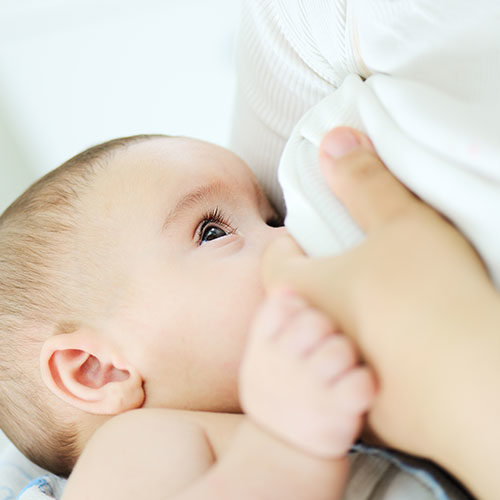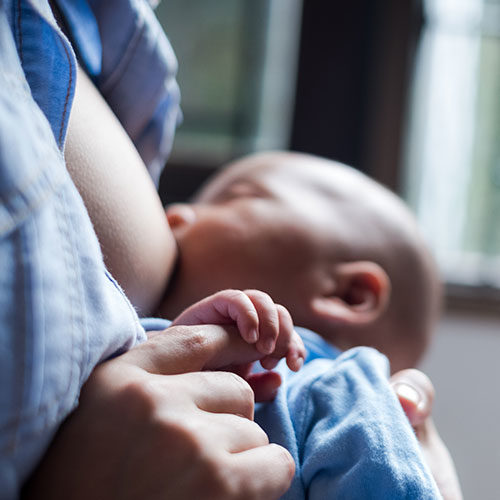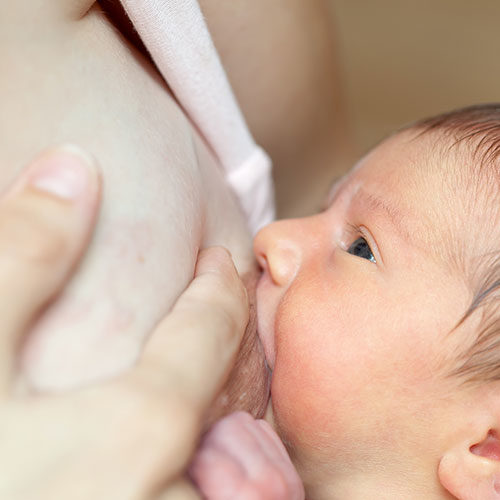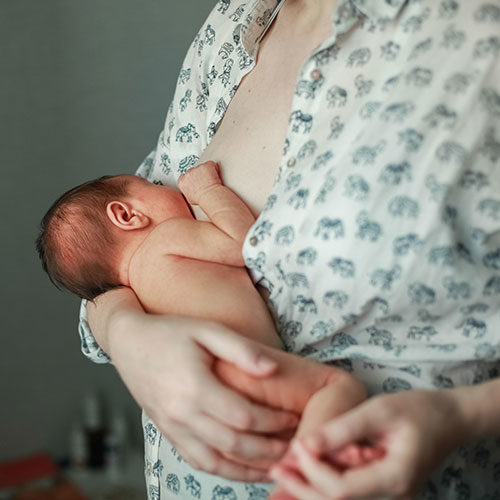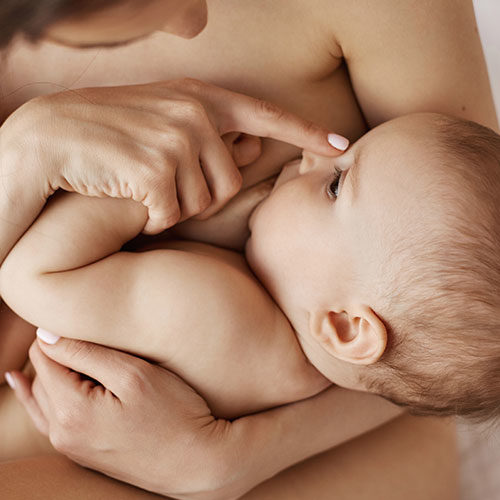What is Breast Infection? Why is my breast red/blue? Why do I have a fever with engorgement? What is Mastitis?
Mastitis is a condition wherein the breast is inflamed with or without infection. It is more often than not the result of a plugged/clogged duct that is not cleared out. The build-up of milk that occurs in the duct due to obstruction of the duct causes the area to swell up and get inflamed. When it is not addressed in due time, the inflammation worsens and turns into mastitis.
Symptoms
Most symptoms of mastitis are the same as plugged/clogged ducts; but more severe. The pain is more, there is more redness and swelling of the area, the lump is hot, harder and the breast feels more tender. The skin may be shiny and there can be red streaks. It may cause excruciating pain to nurse the baby directly or to express the milk either by hand expression or pumping. In addition to the above, Mastitis is usually accompanied with low grade fever, chills, ache, weakness and flu-like symptoms. If there is fever, it is the right time to seek medical help in order to prevent it from progressing to an infection.
Milk production in the affected breast may drop when the mastitis symptoms are at peak. But it is important to keep nursing from the affected breast to ensure drainage. It is absolutely safe to nurse the baby during an episode of mastitis and it also aids recovery.
Treatment
The medical interventions usually contain pain relievers, anti-inflammatory drugs and a course of antibiotics. It is essential to complete the entire course of medication to recover fully and prevent a relapse. If the course is not completed, there are high chances of mastitis recurring.
Other care measures that can contribute to a speedy recovery are as follows –
- Getting plenty of rest is vital while having mastitis. Stay in bed with the baby.
- Consume plenty of fluids and keep yourself well hydrated.
- Nurse often from the affected side.
- Massage the breast gently as the baby-nurses.
- Hand express after nursing to drain the breast completely.
- Use moist heat (wet cloth or diaper) to clear out the lump.
- Cold compress (ice packs) can help reduce inflammation and pain between feeds.
- Avoid wearing bras until you are recovered.
References :
https://themilkmeg.com/the-milk-megs-guide-on-healing-and-preventing-mastitis/
https://kellymom.com/bf/concerns/mother/mastitis/
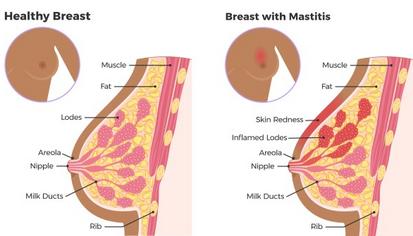
Wish to speak with a member of our team who is a certified lactation professional and also an experienced breastfeeding mother, click on this link.
Medical Advice Disclaimer
THIS WEBSITE DOES NOT PROVIDE MEDICAL ADVICE.
The information, including but not limited to, text, graphics, images and other material contained on this website are for informational purposes only. No material on this site is intended to be a substitute for professional medical advice, diagnosis or treatment. Always seek the advice of your physician or other qualified health care provider with any questions you may have regarding a medical condition or treatment before undertaking a new health care regimen, and never disregard professional medical advice or delay in seeking it because of something you have read on this website.
Disclaimer
We understand and acknowledge that parents and babies can be of various genders on a spectrum of LGBTQI+. Families come in diverse flavours. However, in our articles, for the sake of simplicity and convenience, we will be referring to the breastfeeding parent as the mother and using the female pronouns- ‘she’ and ‘her’ for babies. Babies can be nourished and nurtured in different ways and while we have used the terms breastfeeding and nursing, we recognize that parents can opt to chest feed or finger feed.
We don’t have conflicts of interest and declare, and we are compliant with the WHO code of marketing of breastmilk substitutes and the IMS act.
In case you find any information on this website that needs to be updated, please write to us at info@bsim.org.in

